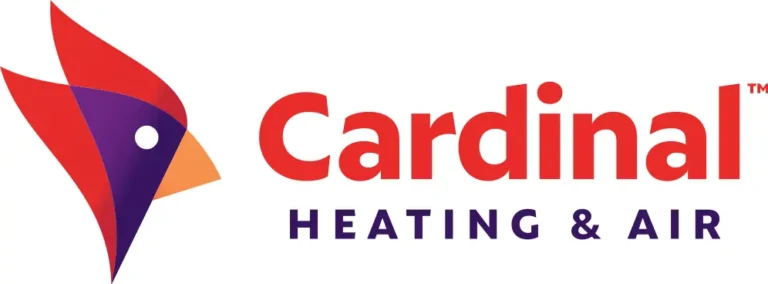Air-conditioning systems are somewhat complicated. They consist of multiple parts and systems working together to cool a building. While fans and ducts move cold air throughout a house, refrigerants move through parts of the air conditioner to cool that air.
The Physical Property Behind Air Conditioners
Air conditioners rely upon a physical property of gases to cool air: When pressure on a gas is lowered, the gas expands and cools; if a gas is put under more pressure, it increases in temperature. These two phases are evaporation and condensation.
This physical property of the coolants used in air conditioners allows them to cool air without ever needing to be refilled or recharged (as long as the system functions as intended).
The Coolant System’s Parts
Coolants in an air conditioner move through four parts in a cycle:
- An expansion valve reduces pressure on liquid coolant.
- An evaporation coil allows coolant to become a gas, which absorbs heat from the surrounding air.
- A compressor pressurizes the gaseous coolant.
- A condenser coil forces the gas to become a liquid, expelling heat into the surrounding air.
The expansion valve and compressor are relatively simple mechanical devices next to the two coils. The evaporator and condenser coils are the heart of the air conditioner’s cooling process.
Evaporator Coil Function and Maintenance
Most people believe that an air conditioner manufactures cold air and blows it into the house. Actually, air conditioners absorb heat from inside a building and move it outside. This absorption happens in and around the evaporator coils, which are located inside the building.
Liquid coolant inside the evaporator coil expands and becomes a gas. This absorbs heat from air that a fan blows across it. Evaporator coils typically are copper, because it transfers heat easily. Fins or vanes surround the evaporator coil to create a greater cold surface area to cool air.
Cleaning the evaporator coil is essential to ensure an HVAC system works efficiently. Dirt collects on the coil and prevents heat transfer, which can cause a build-up of ice. Drain pans are set under an evaporator coil to collect the water, which condenses on the cold surface and drips down. This pan must be checked regularly for leaks and mold growth. Cleaning evaporator coils is a complicated process best done by an HVAC technician.
Condenser Coil Function and Maintenance
Condenser coils are located outside the building an air conditioner services. In this section of the system, the gaseous coolant is pressurized and turns back into a liquid. This process creates heat, which exhaust fans blow outside.
Fans and vanes are used, and the coil typically made from copper. Condenser coils need to be kept clean of dirt and debris so they can efficiently dissipate heat. These coils are easier to clean than their interior counterparts are – a stiff nylon brush and a can of commercial cleaner usually is enough to get them clean.
Evaporator and condenser coils are important components of an air-conditioning system, based on simple but effective principles. Understanding how these parts work can give homeowners a greater appreciation of their air conditioners and help them understand to maintain them.
Do you have another question about how your air conditioning system works? The HVAC experts at Cardinal Heating & AC are here to handle all of your home heating and cooling needs. Contact us today to find out more.

